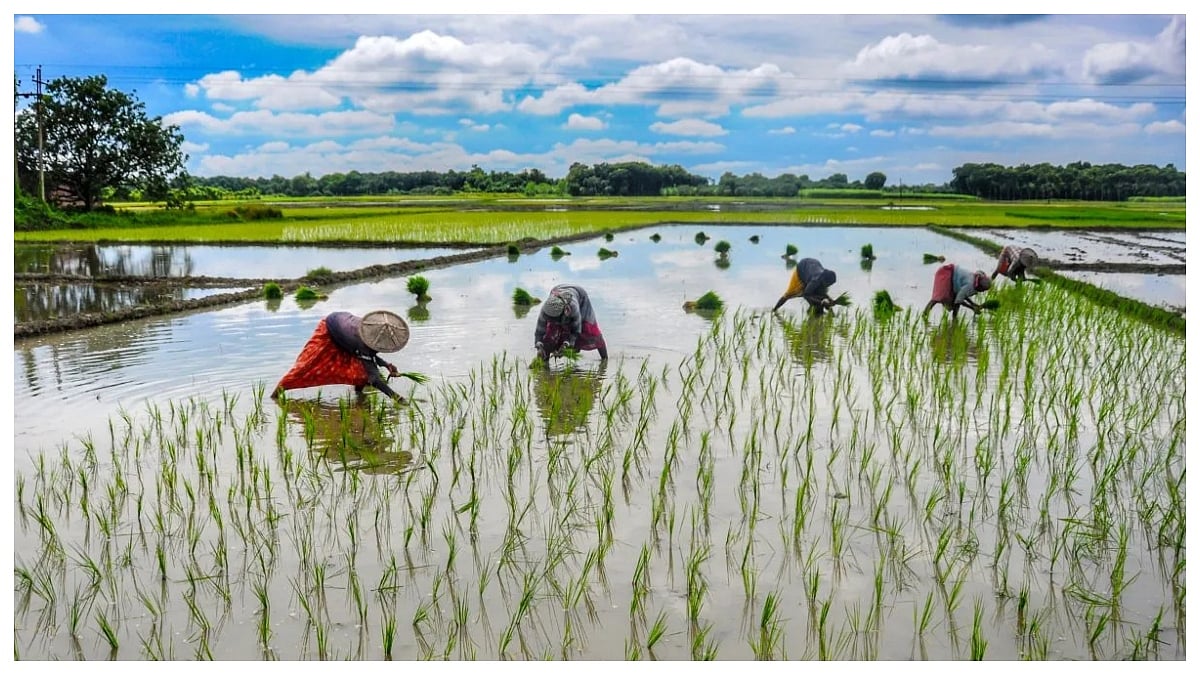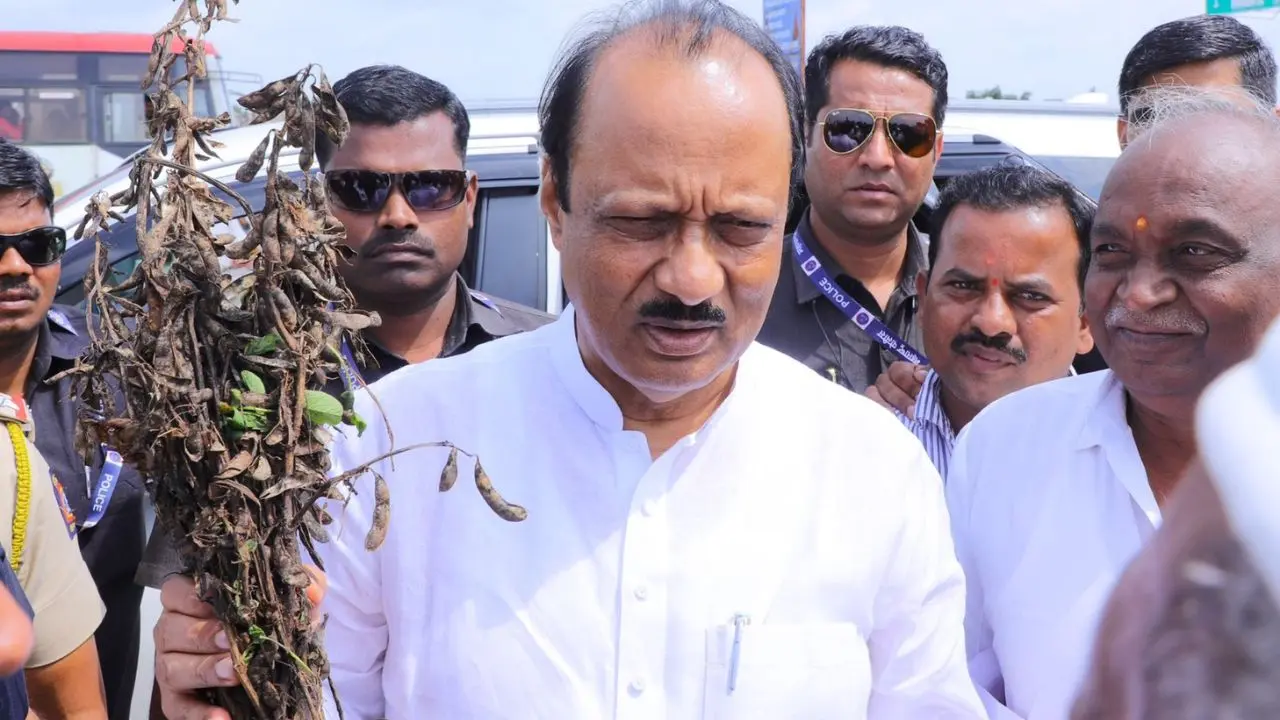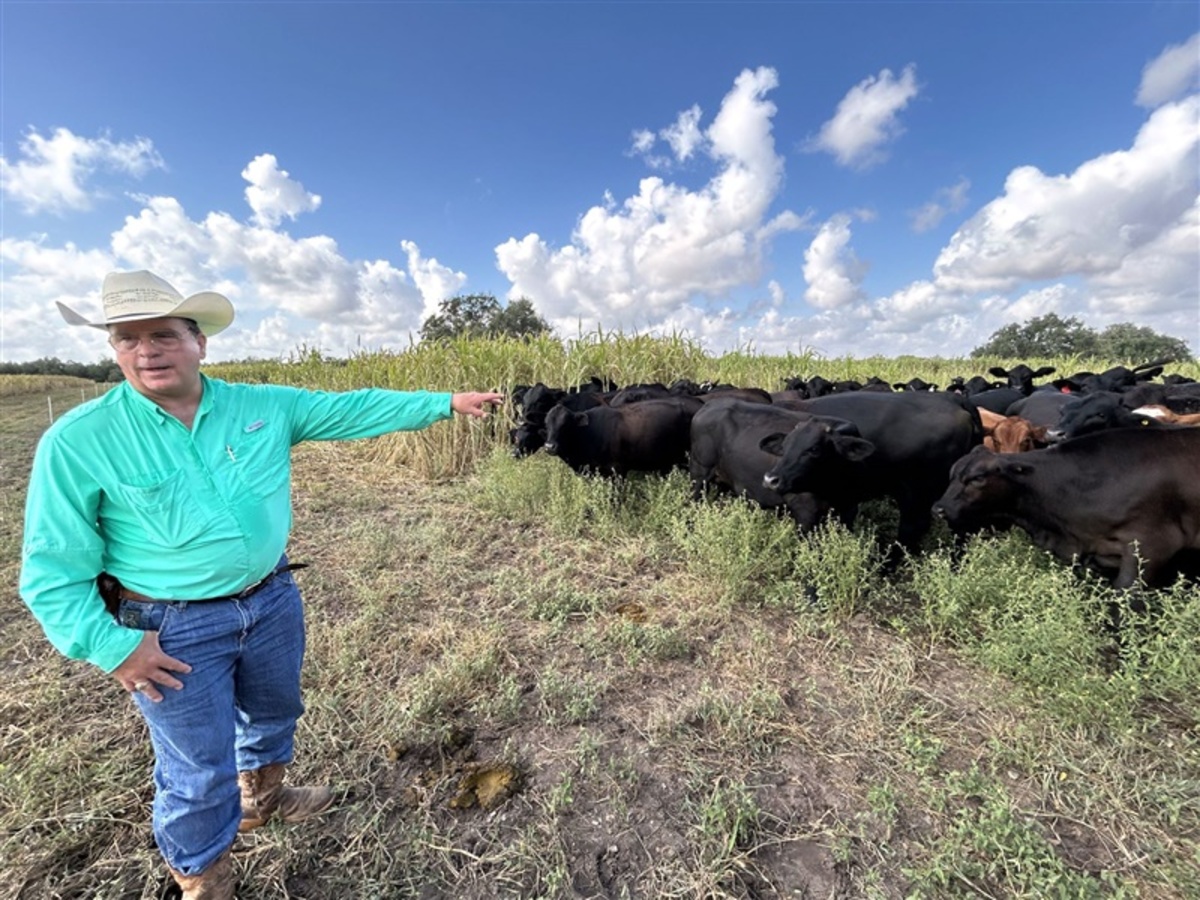During his visit to the affected areas in Solapur and Latur on Wednesday, Fadnavis addressed the media and highlighted the significant impact of climate change—referred to locally as “Vatavaran badal.” He estimated that around 30 lakh hectares of agricultural land have been lost due to changing weather patterns. The major crops affected include turmeric, urad, jowar, soybeans, cotton, tur, and bananas.
Another pressing concern for many farmers is soil erosion and the decline in soil fertility, both of which could severely reduce crop yields in the coming years. According to the Economic Survey of Maharashtra, the average agricultural landholding per farmer in the state is about 1.34 hectares (approximately 3.33 acres). However, in regions like Vidarbha, the average landholding is larger, close to five acres.
Mantralaya officials have indicated that the actual damage suffered by farmers could be much greater than current estimates suggest. They noted that only after the Panchanama process is completed and detailed reports are submitted to the government will a clearer picture emerge.
Recognizing the growing threat of climate change—especially for farmers—the Indian government has begun studying climate patterns and adapting farming methods to meet these challenges. It has launched initiatives such as the National Mission for Sustainable Agriculture and the National Innovation in Climate Resilient Agriculture. These programs focus on introducing new farming technologies and practices to help farmers cope with heatwaves, droughts, floods, and other extreme weather events.
According to a 2023 document from the Union Ministry of Agriculture, shared by the Press Information Bureau (PIB), crop yields are expected to decline sharply in the coming decades. The report cites projections indicating that by 2050, rain-fed rice yields could decrease by 20%, and wheat yields by nearly 19%. By 2080, rice production may fall by almost half, while wheat yields could drop by 40%. Other crops such as maize are also expected to face significant losses. Beyond reduced harvests, climate change is likely to degrade food quality and expose farmers to more frequent droughts, floods, and other extreme weather conditions.
### Agricultural Land Affected by Unseasonal Rain in Maharashtra
| Year | Area Affected (Lakh Hectares) |
|———–|——————————-|
| 2015-16 | 56.50 |
| 2016-17 | 6.85 |
| 2017-18 | 46.12 |
| 2018-19 | 91.35 |
| 2019-20 | 96.57 |
| 2020-21 | 45.64 |
| 2021-22 | 57.56 |
| 2022-23 | 67.12 |
| 2023-24 | 51.53 |
### Shiv Sena (UBT) Warns of Protest
Shiv Sena (UBT) chief Uddhav Thackeray has urged the Maharashtra government to announce financial assistance of Rs 50,000 per hectare for flood-affected farmers, similar to measures adopted in Punjab. Thackeray recently visited the Latur and Dharashiv areas of the Marathwada region, which have been severely impacted by heavy rains.
Following his visit, Thackeray warned that the Sena (UBT) would organize protests if the government failed to provide the required aid promptly. “We will ensure farmers’ voices reach the government’s ears,” he asserted, emphasizing the urgency of delivering ample assistance and expediting relief processes for affected farmers.
https://www.mid-day.com/news/india-news/article/maharashtra-floods-records-reveal-unseasonal-rain-destroyed-519-lakh-ha-of-farmland-across-the-state-in-past-nine-years-23595817



